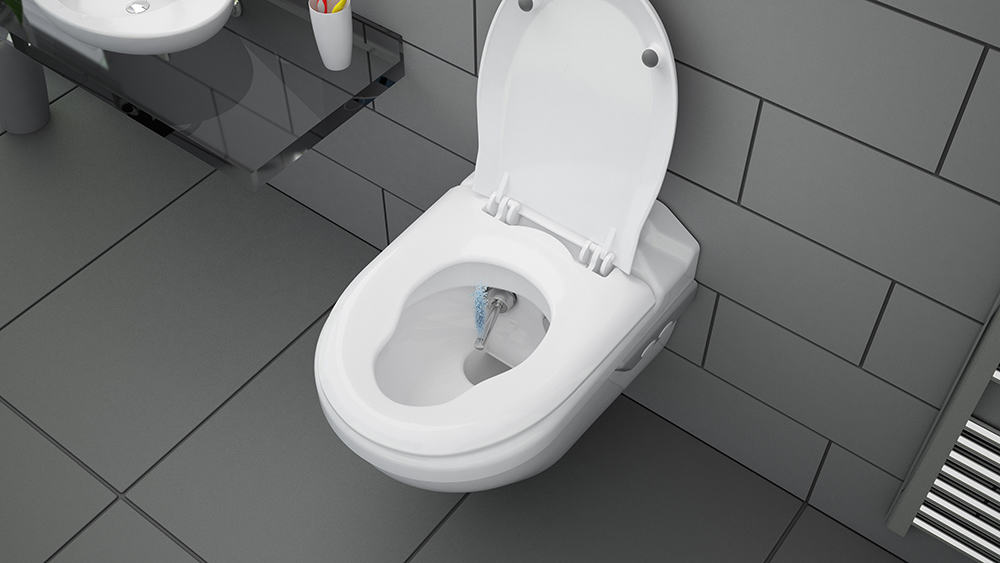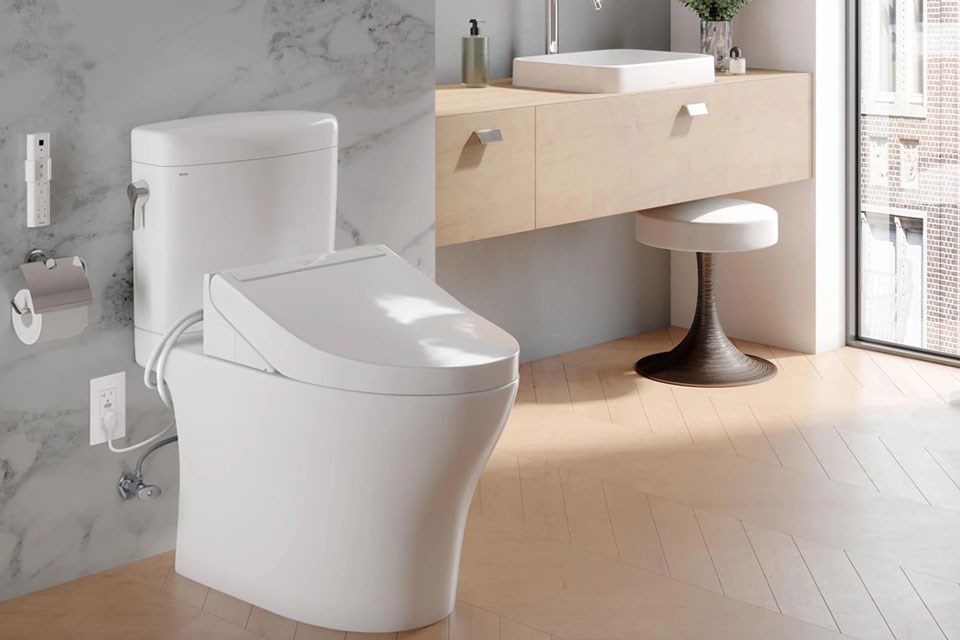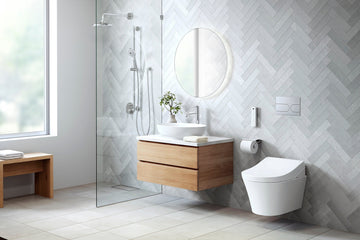In the realm of bathroom innovations, toilet lid closing technology stands out as a revolutionary advancement that promises to enhance hygiene and elevate user experience. This cutting-edge technology is not only about convenience but also about maintaining a cleaner and healthier bathroom environment. For those in the Industry QA, understanding the nuances of this technology is essential, as it directly impacts product quality and customer satisfaction.

Understanding the Basics of Toilet Lid Closing Technology
The concept of toilet lid closing technology is straightforward yet ingenious. It involves mechanisms that ensure the toilet lid closes automatically, either through a gentle push or via motion sensors. This technology can prevent the spread of germs and bacteria, a concern that is particularly pertinent in public restrooms and high-traffic areas. To explore more on related innovations, you can visit The Future of Toilet Technology.
Automatic vs. Manual Systems
There are primarily two types of systems available: automatic and manual. Automatic systems often utilize sensors to detect when the toilet has been used, prompting the lid to close after a set period. These are ideal for public spaces where user compliance cannot be guaranteed. On the other hand, manual systems require a gentle push to activate the closing mechanism, offering a quieter and more controlled operation. For more insights into energy-efficient solutions, check Energy Efficient Toilet Technology.
The Impact on Hygiene and Safety
One of the significant benefits of toilet lid closing technology is its impact on hygiene. By automatically closing the lid, it minimizes the aerosol effect, where particles can become airborne when the toilet is flushed. This is crucial in maintaining a clean bathroom environment, especially in healthcare facilities and restaurants. For those interested in child safety, consider exploring Child Safety Toilet Locks.
Reducing Germ Spread
By reducing the spread of germs, this technology plays a pivotal role in promoting public health. It is particularly beneficial in settings like hospitals and schools, where hygiene is paramount. The automatic closing feature ensures that every flush is followed by a closed lid, significantly lowering the risk of contamination.
Considerations for Industry QA Professionals
For professionals in the Industry QA, the integration of toilet lid closing technology entails certain considerations. Ensuring the durability and reliability of the closing mechanisms is crucial for long-term use. Additionally, understanding user interactions with these systems can provide valuable insights into improving product design and functionality.
Quality Assurance and Testing
Implementing rigorous quality assurance processes is essential to ensure that the technology functions as intended. Regular testing for sensor accuracy, lid speed, and noise levels are vital components of maintaining high product standards. The importance of these protocols can be further explored in discussions around Gray Water Reuse Toilet Systems.
Future Prospects and Innovations
The future of toilet lid closing technology is bright, with ongoing innovations that aim to integrate smart home capabilities. Features like voice activation and connectivity with home automation systems are being explored to enhance user convenience and operational efficiency. For a deeper dive into future trends, visit Horow Smart Toilet Innovations.
Smart Home Integration
The integration of toilet lid technology with smart home systems is an exciting frontier. This could allow users to control their bathroom environment through voice commands or mobile apps, setting preferences for lid operation and enhancing the overall user experience.

FAQs
How does toilet lid closing technology work?
Most systems employ sensors or manual mechanisms to ensure the lid closes after use, maintaining hygiene and preventing germ spread.
Are automatic systems better than manual ones?
Automatic systems offer hands-free convenience, ideal for public restrooms, while manual systems provide a quieter and controlled operation for personal spaces.
Is this technology suitable for all toilets?
While most toilets can accommodate this technology, it's essential to ensure compatibility with existing fixtures and plumbing systems for optimal performance.
This article contains affiliate links. We may earn a commission at no extra cost to you.






